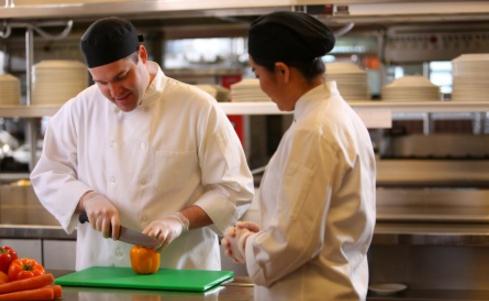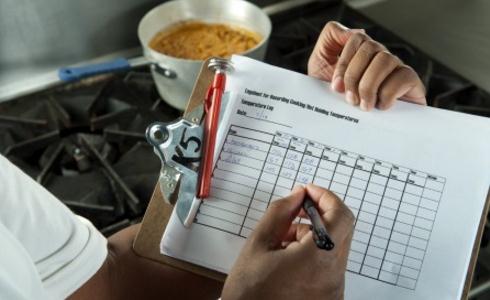One of the most important aspects of a food restaurateur’s operations involves proper food safety techniques. With the right programs and training, restaurants can help prevent foodborne illness outbreaks from occurring, and protect their customers’ health.
Food safety is about doing the right thing every time. Even one shortcut could result in an outbreak. Our ServSafe experts have identified several of the most common challenges that restaurants face when implementing prerequisite food safety programs to reduce the risk of an outbreak. Here are four of those challenges and the benefits associated with overcoming them:
1. Commitment from staff/management

Success can only be achieved when everyone from C-suite executives to line employees believe in and commit to practicing proper food safety techniques. One of the most effective ways to gain buy-in and avoid food safety risk is to provide information that makes business sense. Some examples of this include:
· Tracking data related to customer feedback to identify trends related to the improvement or reduction of quality/safety of the product
· Recording how often you reject a product at delivery because of poor quality or safety issues, along with the cost
· Calculating cost savings from food waste reduction due to improved training that results in fewer mistakes
2. Training employees

This is an important way a restaurant can reduce the risk of an illness outbreak. High turnover rates are always a challenge, but teaching employees proper food safety techniques not only protects guests, but also shows your team you are committed to providing proper resources to ensure their success.
3. Continually monitoring programs

To increase compliance with prerequisite programs, first identify your highest areas of risk. Then decide how frequently you and the employee will check to see whether his or her tasks are performed accurately. This will provide the employee with immediate feedback, resulting in better execution of safety practices. This may seem daunting and time consuming, but it will help identify potential issues and provide greater overall compliance with regulatory requirements.
4. Time and cost of starting programs

To start implementing a food safety program, understand and assess your risks, develop practices to reduce them and train staff. The challenge is doing this while performing resource-intensive everyday operations. The more a culture of food safety is developed and strengthened, the more your safety practices will become operationalized and make business sense.
Source: NRA.com









